One of the environmental/no oil crowd's biggest success has been halting oil drilling in ANWR. to justify it they show pictures of the refuge such as this:
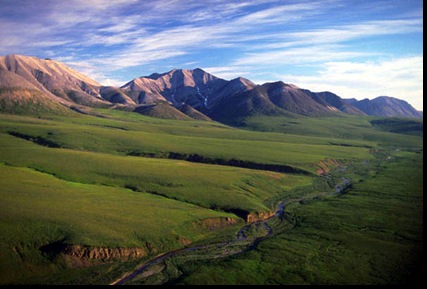
Beautiful, who'd want to put a stinky old oil rig there?
And this:
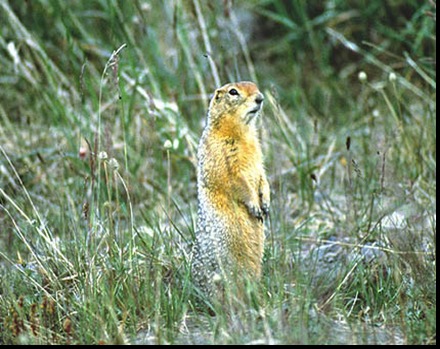
awwww, look at the cute little squirrel, the poor thing must be afraid of the noisy oil well, poor little guy!
What they don't tell you is neither of these pictures is from the area where drilling is proposed. They are from the permanent wilderness area far to the south. No one is suggesting drilling there.
This is where the oil is:
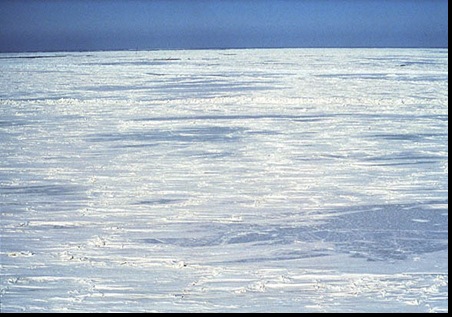
Oh, wait, that's the winter picture, of course it's just a bunch of ice, it's Alaska for crying out loud! I wouldn't want to be accused of falsifying it's true beauty by showing it out of season. Here's the summer view:
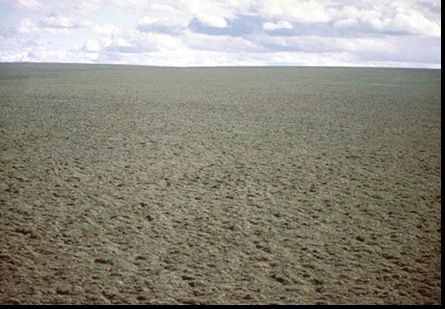
Much prettier, no? I hear it often hits 40 degrees in July. Parts of it even grow grass as you'll see. But that's beside the point; it's the wildlife that will really suffer!
The best indication of the horrors that await the caribou and the other wildlife of ANWR can be found by looking at the sad plight of their brethren right down the coast in Prudhoe Bay who are already suffering the effects of the unfettered greed and environmental indifference of Big Oil! BEHOLD THE CARNAGE!!!!
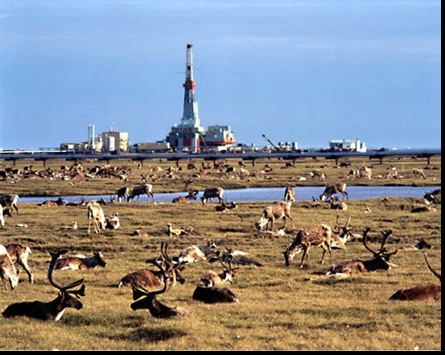
Note the oil drilling operation and pipeline behind all the rotting carcases. . . what? . . . wait a second . . . those caribou aren't dead, they're eating and resting with their young!. . . huh? . . . well I'm sure they're scared of all the development! you'd never see them get any closer than that to an oil rig!
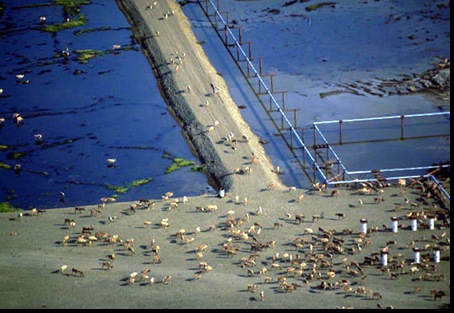
. . . like right on the access road . . . D'oh! Well, caribou aren't the brightest . . . savvy predators, like bears, surely understand the danger posed by the human intruders!
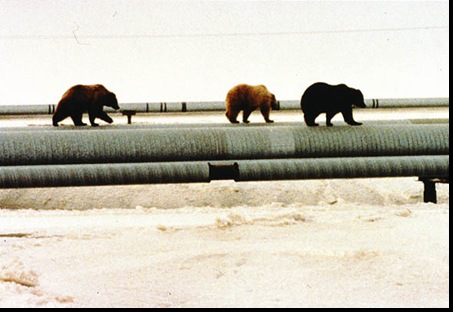
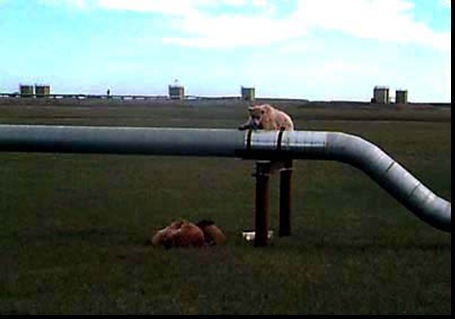
well, OK. . . those are just dumb brown bears. Polar bears would never. . .
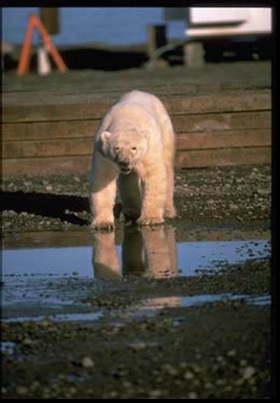
. . . ah, but small animals, like birds, would be driven away by the . . .
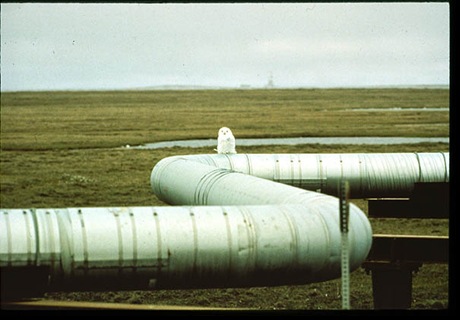
. . . they may hunt, but they'd never nest near an oil rig . . .

Um . . . Ok. Maybe we should learn from the other Alaska coastal drilling sites and not hyperventilate over ANWR.